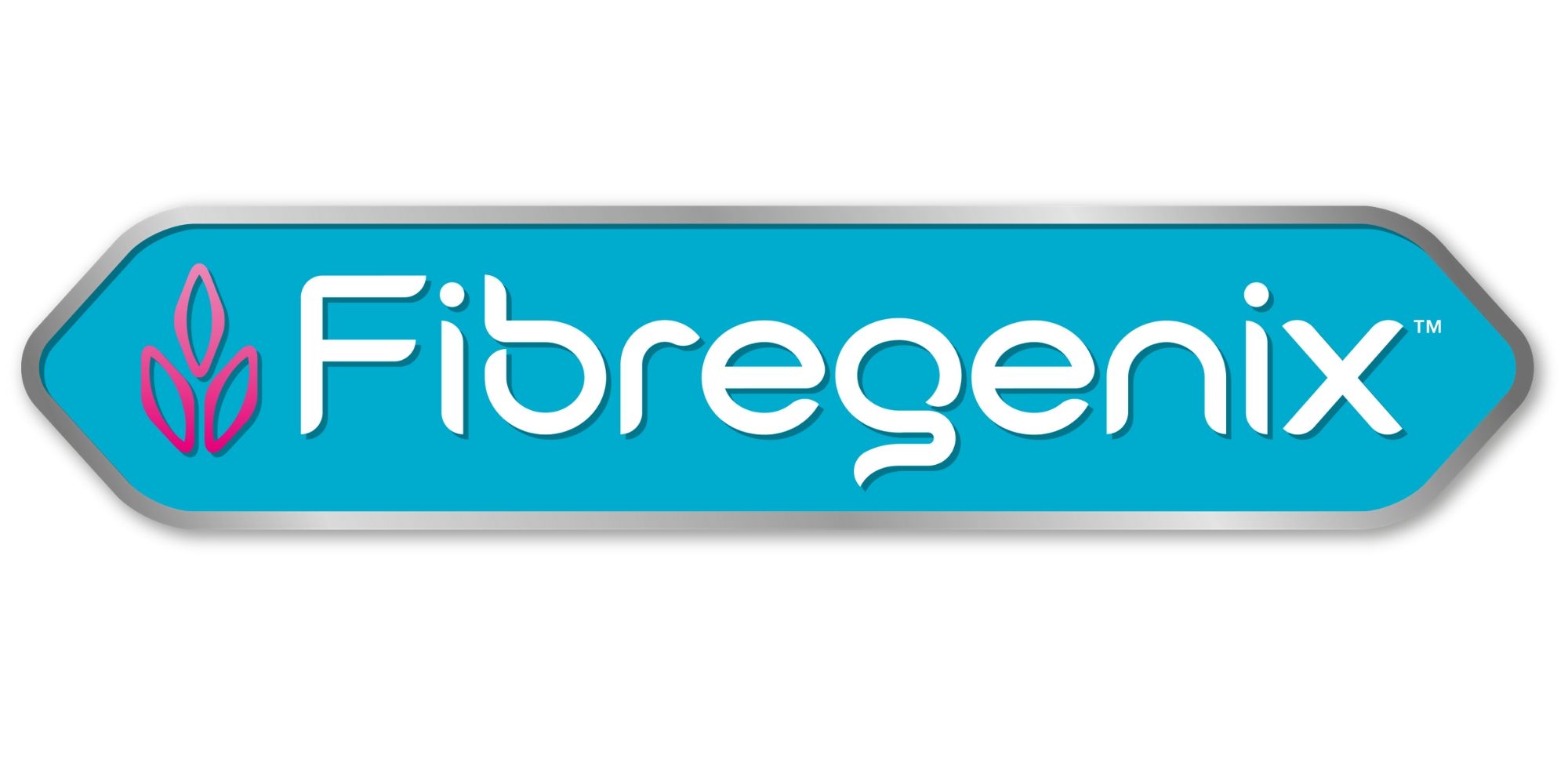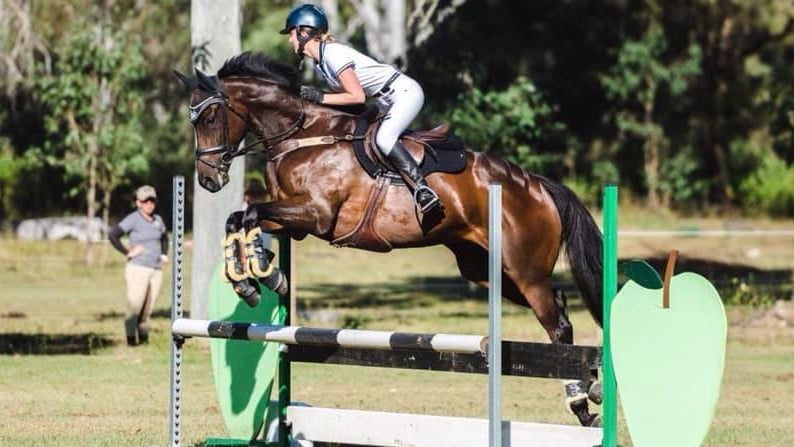Feeding off the track thoroughbreds.

Many off the track thoroughbreds find new careers as riding and competition horses. When they first come to a new home, a new diet is one of the first major changes they face. So it’s important to ensure when feeding off the track thoroughbreds you pay attention to detail.
Ex-racehorses haven’t always come straight out of racing. Some of them may have stayed within the racing yard and either have been turned away or used for other duties. Therefore, knowing how long your horse has been out of racing for is very useful. To progress their transition away from racing you’ll then know what level of support they will need in their new environment.
Straight out of Training
A Thoroughbred straight out of training will have been used to a high energy, low fibre diet. He’ll have been consuming large amounts of concentrate feed and often only fed relatively small volumes of forage. This means when coming off the track, he must become accustomed not only to his new home but also to quite different feeding practices.
Knowing what your off the track TB has been fed will help avoid risking any digestive upset when changing feeds. Ideally, any feed changes should be made over a 7 – 10 day period. The current feed should be mixed in gradually with the new feed that you’ve chosen for your horse. However, if you don’t know what he’s been fed on before, offer a range of feeds. Perhaps a low starch muesli or a low starch pellet. Remember that some horses may have been on the same type of feed for years. So they won’t know how to switch over from a pellet to a mueslis or vice versa.
The first hurdle to tackle nutritionally for any off the track TB is to reduce the amount of energy (calories) he gets. In training, he may well have been fed in excess of 7kg of a high energy racehorse mix providing fast release energy. This is the last thing that’s needed at his new home! It’s important for any horse to have a balanced diet that meets its needs for energy, protein, fibre vitamins and minerals. The diet should also suit temperament, workload and age, and feeding off the track thoroughbreds is no exception.
Feeding Forage to Off the Track Thoroughbreds
A racehorse diet is lower in forage compared to that of a leisure or competition horse. Many trainers do offer lots of hay but it’s likely that the forage is offered in smaller quantities throughout the day. This is in contrast to being offered it all in one go which most horse owners are used to doing. It’s also a good idea to provide hay in a haynet as well as on the floor. This is because they may have eaten their forage in the same way for years and not know how to diversify! Lots of yards feed over the door on the floor. So giving your new horse a haynet could put him off eating as he wont know how to eat from it.
You can also offer the hay in a bucket or supplement the hay with buckets of chaff. These can be placed around the stable to encourage him to browse. Remember to place at least some forage at the front of the stable by the door. Your horse will want to look at his new surroundings and this is likely where he’ll be used to finding his forage.
Turnout on Grass
On arrival at your yard, you’ll no doubt be introducing your new horse to routine turnout. This will not only mentally start to relax him, but will also gradually increase his forage ration. Many ex-racehorses won’t have been turned out for months or even years. Some horses stay in training or go to ‘spelling’/pre-training yards out of racing season and remain in light exercise on the horse walker. For this reason be careful when turning out for the first time.
For those turned away on good grass, a balancer, such as Fibregenix Lami Low-Cal, will bridge nutrient gaps in the pasture but with no associated calories. Balancers provide a concentrated source of nutrients in a small volume which can be beneficial when feeding at pasture. Just 500g per day is required for a 500kg horse at rest so Lami Low-Cal can easily be fed once a day. Where grass quality isn’t good or the horse needs more condition, you can provide extra calories with a small amount of hard feed or beet pulp. When feeding off the track thoroughbreds you can also feed Fibregenix Prime Original conditioning balancer.
After bringing horses in after a long period of “downtime” in the paddock, adjustments to diet must be gradual. Grass provides more calories, protein, vitamins and minerals than hay, so when substituting grass with hay, adjust the nutrient content accordingly of any other feed given. A high-spec Fibregenix balancer provides a boost of quality nutrients whilst ensuring a healthy gut environment during the transition period
Safe Conditioning
Whatever your off the track racehorse is doing, if he needs condition, look for a high fibre conditioning feed eg beet pulp. This provides a concentrated source of non-heating calories and keeps meal sizes manageable. It also ensures feed is utilised efficiently with a smaller risk of digestive upsets or “crabby” behaviour. The specific yeast probiotic in Fibregenix Prime Original Conditioning balancer can double fibre digestibility and improve the calorie and nutrient yield of what’s being fed. This will increase condition without needing large amounts of hard feed. TIP: If your Thoroughbred is prone to being a bit fizzy, feed a pellet rather than a muesli. Pellet feeds contain less starch than a muesli mix of a similar nutrient specification.
Conditioning for Excitable Types
Oil is a useful addition to the diet if you need slow-release, non-heating energy. It provides 2¼ times as many calories as cereals. However, not all horses can tolerate high levels of oil in their diet so be careful when feeding. Introduce slowly. If the manure starts to look greasy or greyish in colour, it can indicate your horse isn’t digesting it properly. In this case, back off the amount you’re feeding and re-introduce again more slowly. Oil can be fed alongside beet pulp, forage and a Fibregenix balancer. This keeps the diet cereal free, which is important where there may be ongoing ulcer issues. A common occurrence in the ex-racehorse.
Why Forage for Digestive Health?
Research suggests that 90% of horses in training suffer from gastric ulcers. This is due to the low fibre, high starch diets they receive during training. So it’s even more important to ensure that an off the track racehorse is returned to a high forage diet ASAP. Forage is important in any horse’s diet as they’ve evolved to consume large amounts eaten over an 18-hour period. The physical bulk of fibre is also vital for maintaining regular bowel movement. Furthermore, it helps push out any excess gas that may be accumulating in the gut, which can become distended when it builds up. Excess gas can lead to considerable pain and often results in colic symptoms.
Fibre is also important for counteracting acidity throughout the digestive tract. Fibre takes longer to chew than grain-based hard feeds. When the horse chews, the resulting saliva produced helps neutralise the acidity of the stomach contents. Long periods of chewing helps avoid gastric ulceration to the upper region of the stomach which is vulnerable to ulcers.
Fibre is fermented and broken down by bacteria in the hindgut. The breakdown of fibre produces acids that are much weaker than those from the breakdown of starch (cereals). This results in a hindgut environment that is far more hospitable to the bacterial population. Therefore, with bacteria being particularly important to overall health, it’s vital to maintain fibre levels.
Healthy Mind
Forage helps keep the gut and mind healthy. Always provide your horse with plenty of forage either in the stable or paddock to prevent boredom and relieve stress. Remember that all horses are herd animals, so try and provide company to prevent anxiety and stress.
Previous thinking was that boredom was the main reason horses receiving very little forage started to develop stereotype behaviour. However, recent research suggests some stereotyped behaviour is a response to increased acidity in the digestive tract. If a horse isn’t receiving much forage, his chew time will be reduced and the gut may remain very acidic. Therefore, the importance of forage can never be under-estimated. Feeding more forage and keeping the volume of concentrates down, will reduce the risk of digestive upsets occurring.
Creating a healthy gut
If your Thoroughbred has come from a retraining/rehabilitation centre, the gut should be healthy and already adapted to the feeding regime. However, moving to a new home or adapting from life in racing can still take its toll on the digestive system. When stressed, beneficial bacteria in the digestive tract can become disrupted resulting in an unhealthy gut and loose droppings (scouring). Feeding a prebiotic should mean that harmful bacteria aren’t able to take advantage of the compromised condition of the digestive tract. The two specific prebiotics in Fibregenix Platinum Pro and Lami Low-Cal can help to reduce the incidence of scouring caused by the stress response or bacterial infections.
Probiotics and prebiotics help enhance the health of the bacterial population. These are particularly beneficial when the digestive tract is under stress. Prebiotics work by providing ‘good’ bacteria with a food source and maintain a healthy environment for them to reproduce. ‘Bad’ bacteria are then expelled by competitive exclusion as they then have no room to develop. By maintaining the natural bacterial balance of the gut, efficient feed utilisation is promoted. This is highly beneficial for the ‘poor doer’ and for overall good health.
A Successful Transition
Take home message:
Remember that Thoroughbreds can be fussy feeders. So attention to detail and a little care in the early stages will pay dividends. They may take a few days or weeks to get used to their new diet, so be patient.
Whilst you need to reduce energy intake, it’s still important that the nutrient levels aren’t compromised. Offering a handful of basic pellets and chaff just won’t be enough. A typical Thoroughbred, weighing 500kg at rest or in light work will need at least 2% of his body weight daily in dry matter intake. Most of it should be forage plus initially, some hard feed. There’s no reason why your ex-racehorse shouldn’t thrive where the ratio of forage to hard feed is a healthy balance. Once settled into their new life, most Thoroughbreds simply need treating like any other individual horse. Some even become laid back good-doers!
Reviewed and amended March 2023

